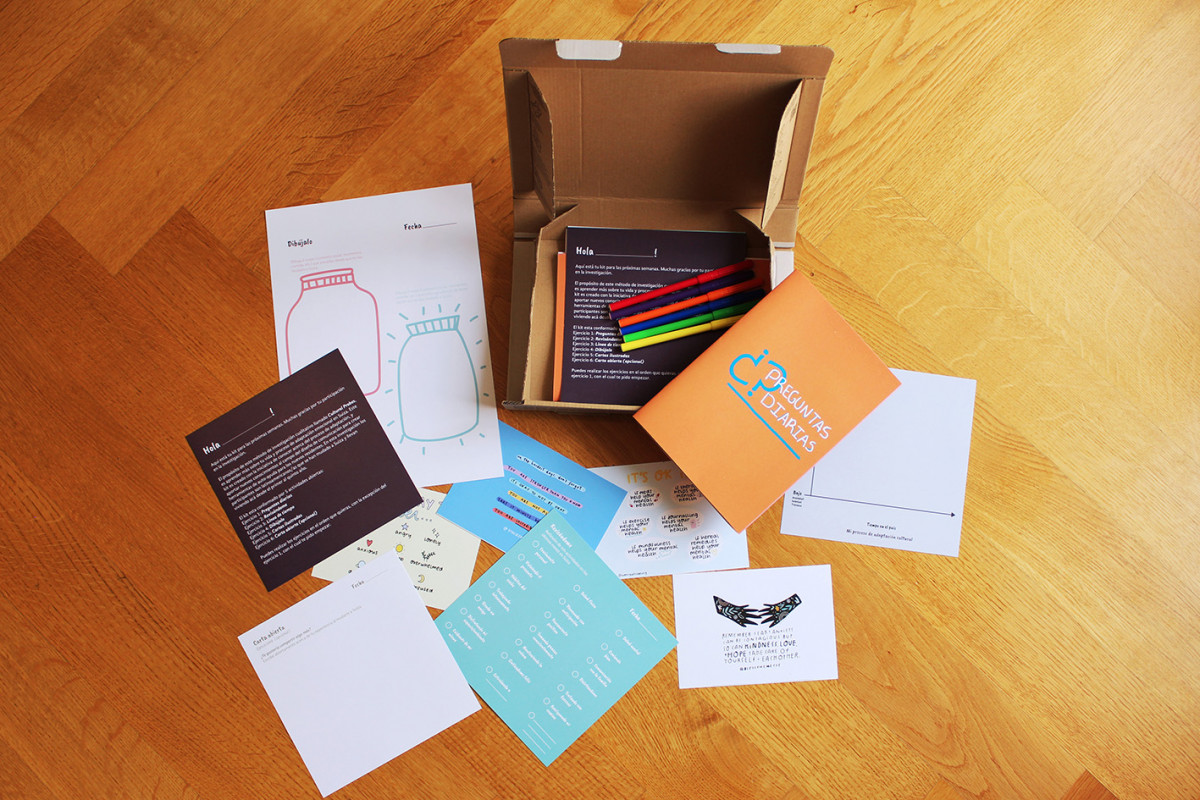Karla Gutierrez
The Immigrant Mental Well-Being Helper, A Visual Communication Design Research to Support Immigrants’ Mental Well-Being in their Acculturation Process through Participatory Design
In 2019, the number of migrants globally reached an estimated 272 million (United Nations, 2019). Around 3 million Latin-Americans (Latinos) lived in Europe. The reasons why Latin-American people emigrate from their countries are individual and change from economic stability to personal factors. Some reasons to mention are political persecution, human rights violations, job or economic opportunities, marriage, and others. The immigrants’ experiences to a foreign country include many stressors due to separation from a social context, family and friends, traditions, sociocultural system, and language difficulties. The process of acculturation has been found to often result in acculturative stress, or as it is more commonly known, culture shock (Dyal & Dyal, 1981; Graham, 1983). As Williams and Berry (1991) stated, the acculturation process makes the individual go through different phases: contact, conflict, crisis, and adaptation to a new cultural environment.
The Immigrant Mental Well-Being Helper is a research through design project that focuses on the acculturative stressors that influence the individual’s mental health and searches to create a visual communication design toolkit that positively impacts immigrants’ emotional distresses. The toolkit aims to support immigrants in the adaptation process and attempts to be used in therapy to help the patients. Using a participatory design process involving different stakeholders: immigrants from Latin-America, psychologists, and organizations that works with migrants. It endeavors to come up with the design of a helper tool of self-management that helps immigrants to cope with acculturative stressors for the prevention of mental illnesses. The outcome is achieved through multidisciplinary perspectives, involving behavioral therapy approaches, and intertwined with communication design to visualize different helper toolkit tasks. The project does not try to replace psychological therapy but instead try to visualize and mediate to get therapists and people to work with the helper tool created to improve immigrants’ mental well-being.

The Immigrant Mental Well-Being Helper


